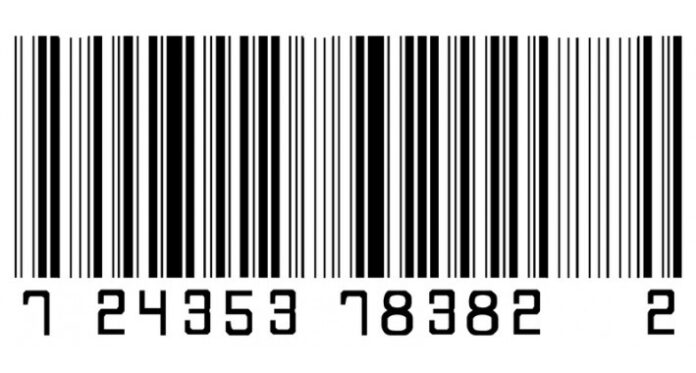The bar code more commonly called bar code represents the coding of information relating to a product. Barcode labels are applied to different products for various uses by small business or large company. The representation of this codification is optimized so that it can be read by an optical reader.
Use of this barcode
The use of bar codes is widely deployed across all sectors, it offers certain advantages and its use varies according to the needs of each company. The product barcode identifies a product, but it provides many other benefits to the company. Thus, it is possible to extract these main uses of the barcode:
- enter a product in stock,
- know the origin of the product,
- facilitate procurement,
- easily refer a product according to its characteristics,
- have continuous product information, etc.
The codification of goods in the warehouse allows a good organization of the stock, which has a positive impact on all the activities carried out in the installations. Hence the need to identify each product upon receipt.
The commodity coding process consists of unambiguously identifying the products by a code or sign. This code is associated with a label affixed to the product which will allow electronic access to it. The most widely used labels in the logistics world are barcodes.
The technologies most used to print barcodes are:
- Heat transfer printing
- Direct thermal printing
Both printing methods are fast, economical and allow you to print on a wide range of materials to meet any application need.
In this article we analyze the differences between the two printing processes and the advantages of using this popular technology for barcode printing.
Heat transfer printing
Heat transfer printers use ink ribbon, which is heated by the print head to create printing on labels.
Heat transfer printing produces longer axis than direct heat transfer.
They can be used with synthetic materials that are highly durable and resistant to the most adverse conditions.
Direct thermal printing
Direct thermal printers have thermal labels as their sole consumer and do not require ink, ribbon or print media.
They use heat-sensitive labels that darken when they go under the heat print title to create a printed image.
Direct heat printers are widely used in many fields for their simplicity, printing speed and easy to understand mechanism even by inexperienced users.
Barcode printing services are an excellent choice for both small businesses that need to print few labels and large companies that generate high volumes of printing: just choose the right barcode providing company, to save money, but also speed and flexibility in the autonomous management of the printing process.
Resolutions or print quality are significantly higher with the professional UPC barcode printers Barcode providers use than most popular laser or inkjet printers found in the office.
It is possible to print on a practically infinite range of materials, from various types of paper, to extremely resistant synthetic materials such as PVC, polypropylene, polyester.








